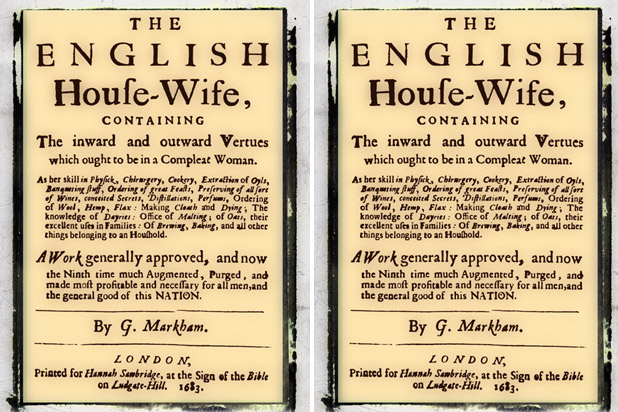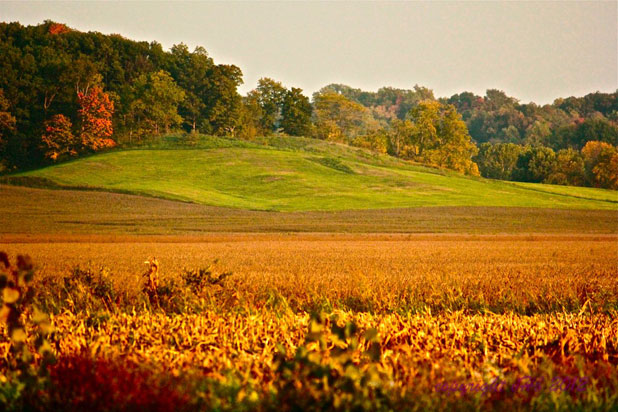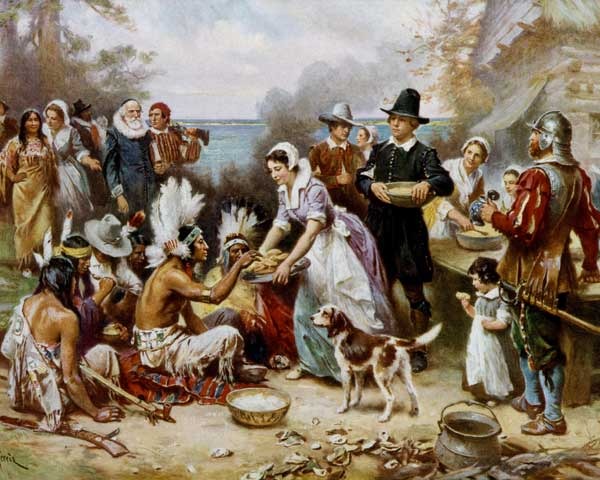Things You Probably Didn't Know About The Pilgrims
We usually think of the Pilgrims as British exiles who sailed to the North America and settled in Massachusetts. But the truth is a bit more complicated than that; the original Pilgrims were 35 members of the radical Puritan faction of the Church of England called the English Separatist Church, which illegally broke away from the rest of the Church in 1607. The group originally settled in the Netherlands, where the laws were much more lenient.
Click here for the 14 Things You Probably Didn't Know About the Pilgrims (Slideshow)
There, the Separatists suffered economic difficulties and feared the loss of their English language and culture. This inspired their voyage to the New World, a new home where they would be free to practice their religion and way of life.
In September of 1620, they joined a London stock company to finance their trip aboard the Mayflower, a three-masted merchant ship headed across the Atlantic. They intended to settle in an area near the Hudson River, part of the Virginia colony, but because of stormy seas, the Mayflower eventually anchored over two months later in what would soon be called Plymouth Harbor, in what is now Massachusetts.
That first winter was extremely harsh, but., things began looking up for them with the aid of Squanto (also known as Tisquantum), a Native American of the Pawtuxet tribe who had been captured by early explorers in 1605 and taken to England, where he learned the language. Captain John Smith brought him back to New England in 1614, and it was Squanto who taught the Pilgrims about the land, where to hunt, and how to plant corn, which became an essential crop.
The Pilgrims are perhaps best known for the celebration of the harvest that shared with their Native American neighbors: Thanksgiving. But there is more to the Pilgrims than the Mayflower, religious persecution, and that first Thanksgiving. Here are some little-known facts about the Pilgrims that you might want to dish out at the Thanksgiving table this year.
Cookbooks

Thanksgiving is a holiday for which old, traditional recipes make an appearance, and cookbooks are out in full force. The Pilgrims also used cookbooks, as evidenced by several "recipe books" from the period. These books provide insight into cooking at that time. The most famous may be Gervase Markham's The English Housewife, which was first published in 1615.
Corn by Any Other Name

Thanks to Squanto, the Pilgrims were successfully able to plant corn and it became an extremely important crop for the settlers. However, they probably called it "Indian corn" or "turkey wheat." In the English of the period, the word corn meant, rye, barley, oats, or other grains.
